CALL US! 1-415-766-2722
Fun@SanFranciscoJeepTours.com
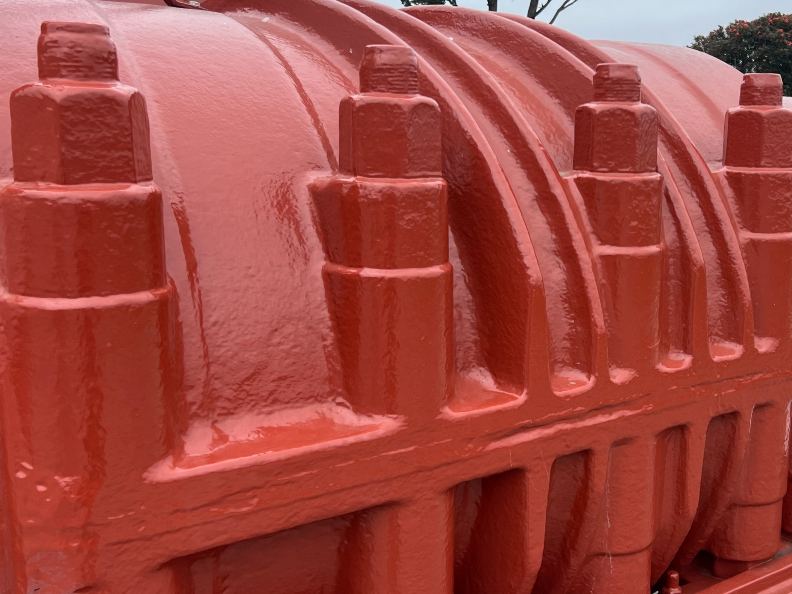
In the early stages of planning the Golden Gate Bridge, the US Navy proposed a yellow and black stripe color scheme. This combination was intended for navigational purposes, as such colors were commonly used to enhance visibility for passing ships, particularly in foggy conditions. The U.S. War Department, with its strategic interests in mind, supported this choice.
This proposal might have turned the Golden Gate Bridge into a buzzing bumblebee-like structure. However, the practicality of the colors was clear, considering the steel alloy construction and the need to prevent rust and corrosion caused by the ocean air and San Francisco’s characteristic fog. But destiny had a different hue in mind.
Irving F. Morrow, the consulting architect of the Golden Gate Bridge, stumbled upon a reddish-orange primer that was being used on some of the steel during construction. Recognizing the visual appeal of this color against the backdrop of the bay’s hills, ocean, and sky, Morrow championed the idea of painting the bridge in this unique shade. The result was the iconic “International Orange” – a hue that would forever change the bridge’s destiny.
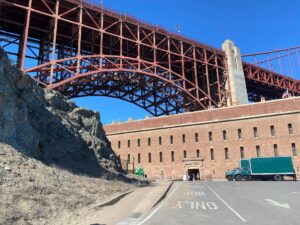
The selection of International Orange was a daring departure from the norms of the time. Most bridges were painted in subdued shades of gray, silver, or black. Morrow’s vision, however, aimed to harmonize the bridge with its surroundings. He believed that the color should be as unique as the bridge itself, stating that “What has been thus played up in form should not be let down in color.” The goal was to create a structure that was not only functional but also a work of art.
The bridge’s color choice wasn’t an instant approval. Morrow had to convince the Department of War, the permitting agency at the time, that the vibrant hue was a fitting choice for the monumental structure. The Navy’s suggestion for a black-and-yellow striped design and the Army Air Corp’s proposal of a red-and-white stripe color scheme posed an interesting contrast to Morrow’s vision.
Ultimately, Morrow’s advocacy for International Orange won out, and the unique hue became synonymous with the bridge’s image.
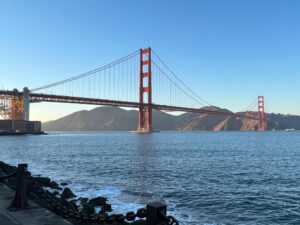
The name “Golden Gate Bridge” might lead one to believe that the bridge was intended to be gold in color. However, the name is derived from the Golden Gate Strait – the entrance to San Francisco Bay from the Pacific Ocean. The term “Golden Gate” has historical significance, and the bridge stands as a sentinel at this iconic maritime passage.
Contrary to popular misconceptions, the Golden Gate Bridge is not painted once every seven years or from end to end annually. The bridge is a constant canvas, subject to ongoing maintenance. The salty sea air and the city’s frequent fog necessitate regular touch-ups to protect the steel from corrosion. It’s a never-ending labor of love, as workers battle the elements to maintain the bridge’s vibrant appearance.
The Golden Gate Bridge’s paint system has evolved over the years to ensure its durability against the harsh environment. Initially coated with lead-based paint, the bridge transitioned to an inorganic zinc silicate primer and vinyl topcoats by 1968. This shift was prompted by the need to address corrosion concerns and enhance the bridge’s longevity.
Further refinements followed, including the replacement of the vinyl topcoat with an acrylic emulsion to meet air quality regulations. The continuous evolution of painting techniques ensures that the bridge remains a timeless piece of art and engineering.
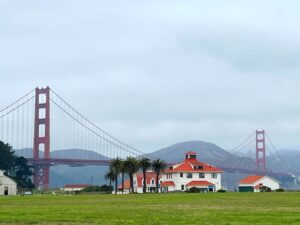
The bridge’s International Orange color is more than just a random shade of orange. It’s a carefully crafted blend that complements the changing seasons and the bay’s natural hues. This hue seamlessly integrates with the landscape, reflecting the blue waters, green hills, and the ever-present fog, transforming the bridge into a captivating masterpiece.
Maintaining the Golden Gate Bridge’s appearance is no small feat. A team of skilled ironworkers and painters work tirelessly to replace corroded steel, touch up paint, and ensure the bridge’s structural integrity. The challenging weather conditions, including fog and strong winds, make their task both daunting and rewarding. This team is the unsung hero behind the bridge’s timeless allure.
The Golden Gate Bridge stands as a testament to human ingenuity, artistic vision, and the convergence of engineering and art. Its accidental color – International Orange – defied conventions and transformed the bridge into an icon recognized around the world. As you gaze upon this masterpiece that spans the Golden Gate Strait, remember that its vibrant hue is a tribute to the marriage of nature and human design, forever etched into history.
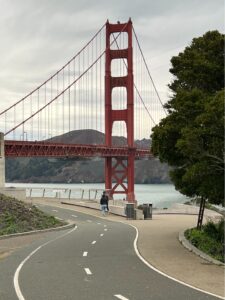
You’d think they would’ve sprinkled some Midas touch, right? But nope, the name is all about the entrance it guards, not the bling it wears.
Believe it or not, options ranged from candy cane stripes to bumble bee black and yellow. Good thing the bridge didn’t end up looking like a giant wasp!
There’s no hidden potion here! The formula’s out in the open, shared like a favorite recipe. Just head to the bridge’s website and unveil the magic or read all the paint color mixing details below.
Hold on to your brushes – they use a whopping 5,000 to 10,000 gallons of custom-made International Orange. Talk about keeping up appearances!
Architects, engineers, painters – it was like an art party! They experimented with black, grey, aluminum, even battleship grey. But orange vermillion emerged as the true star.
Brace yourself – a tribe of 13 ironworkers, 3 pusher ironworkers, 28 painters, and more are out there battling sea air and fog to keep the bridge dazzling. True heroes!
Oh, it did! The color was already a VIP in the aerospace industry, making things stand out. But little did it know it was destined to become a bridge superstar.
Drumroll, please! The name doesn’t hint at the hue but pays homage to the strait it spans – a nod to the waters it stands tall above.
The bridge almost went through a stripey phase with a black and yellow design. Can you imagine the sight? It’s like they almost turned it into a highway for bees!
Consulting Architect Irving F. Morrow believed the vibrant color would harmonize with the bay’s hues and dance with the changing seasons. And boy, was he right!
Consulting Engineer Leon S. Moisseiff and Architect Irving F. Morrow worked their magic, simplifying railings, angling light posts, tapering the towers, and giving birth to a masterpiece of art and engineering.
The bridge is often shrouded in fog, and winds can get wild. Painters have to brave these elements, sometimes even holding their spray guns at strange angles to avoid paint being blown away.
Brace yourself for some peek-a-boo moments! When Karl the fog lifts, the bridge’s International Orange color emerges like a phoenix from the mist – a true spectacle!
Absolutely, but be prepared to do some hunting. The closest off-the-shelf color Sherwin Williams offers is “Fireweed.” Close, but not quite Golden Gate Bridge close.

The vibrant and unmistakable hue of the Golden Gate Bridge’s International Orange isn’t just a happy accident; it’s a carefully crafted color with its own formula and secrets. Many curious minds have wondered about the bridge’s unique shade, and the truth is out in the open for all to see.
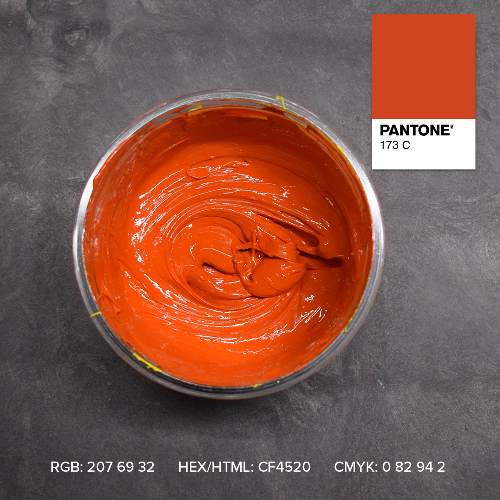
The color formula for International Orange is no clandestine affair. The precise CMYK values and color codes are actually available on the official Golden Gate Bridge website and listed in detail below. It’s like revealing the magician’s tricks for everyone to marvel at.
When it comes to adorning the bridge with its signature color, it’s no ordinary trip to the local paint store. The paint acquisition process is a competitive game. The chosen supplier, Sherwin Williams, skillfully crafts the paint to match the famous International Orange formula.
Sherwin Williams might have a close match off the shelf, but it’s not quite the real deal. “Fireweed” (SW 6328) might come close, but it’s like comparing a twin to a real star.

If you’ve ever pondered about concocting your own batch of International Orange, here’s the insider scoop. Paint stores can whip up a fresh batch using the following CMYK mix: Cyan 0%, Magenta 69%, Yellow 100%, and Black 6%. It’s like being granted access to the bridge’s secret lab.
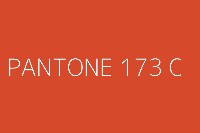
The closest existing color codes to the legendary International Orange are intriguingly numbered: PMS 173 (CMYK 0%, 80%, 94%, 1%), PMS 174 (CMYK 8%, 85%, 100%, 34%), and Pantone 180 (CMYK 19.4%, 77.9%, 79.6%, 3.6%). It’s like decoding the bridge’s very own color spectrum.
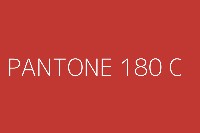
Armed with these codes, you could potentially color the world in Golden Gate Bridge chic. But remember, there’s only one true International Orange, and it’s elegantly draped across the iconic span, reflecting the warmth and charm of the City by the Bay.
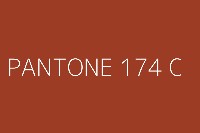
Wondering how best to experience the Golden Gate Bridge? San Francisco Jeep Tours includes a ride over the Golden Gate Bridge in every one of our tour packages. From day trips to Muir Woods to the full San Francisco city tour, the Golden Gate Bridge is stunning from the backseat of a jeep!
